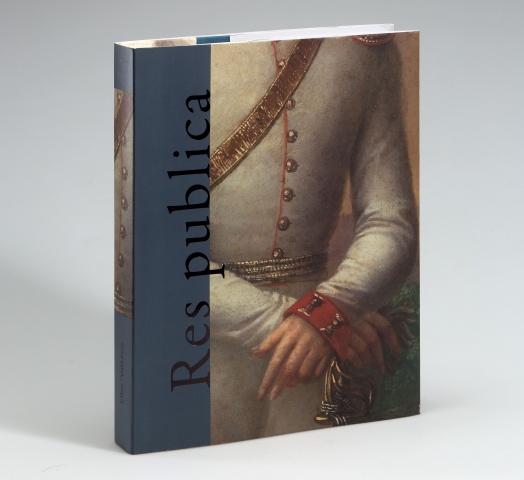Res publica I 2018
Art album Res publica.
Compiler and author Rūta Janonienė. Vilnius, Ellex Valiunas, 2018.
Res publica celebrates over 25 years of collecting books, historical artefacts and works of art connected with Lithuanian studies, and introduces the reader to Lithuania through the eyes of artists. The publication outlines the main features of 19th-century Lithuanian art, or rather the themes which preoccupied artists, their aims, and the results of their work. It is a compelling narrative about the idealised historical grandeur of the Polish-Lithuanian Commonwealth immortalised by artists of the time, which today keeps alive our memory of the history of our country.
Rūta Janonienė, the author and compiler, leads us through the book according to themes. First, she invites us to learn about the local scenery: the landscapes of the homeland, the historical monuments, and the architecture of towns and estates. In the second part, the focus moves to important historical events and heroes: rulers, great warriors and rebels. In the third part, the reader encounters citizens of the Grand Duchy of Lithuania, boyars, city dwellers and peasants, while also taking a look at their domestic environment. In the fourth part, the figure of the artist emerges, in visual and written narratives about foreign studies by Lithuanian and Polish artists, and their frequently rather difficult life away from their homeland.

Art album Res publica.
Compiler and author Rūta Janonienė. Vilnius, Ellex Valiunas, 2018.
Res publica celebrates over 25 years of collecting books, historical artefacts and works of art connected with Lithuanian studies, and introduces the reader to Lithuania through the eyes of artists. The publication outlines the main features of 19th-century Lithuanian art, or rather the themes which preoccupied artists, their aims, and the results of their work. It is a compelling narrative about the idealised historical grandeur of the Polish-Lithuanian Commonwealth immortalised by artists of the time, which today keeps alive our memory of the history of our country.
Rūta Janonienė, the author and compiler, leads us through the book according to themes. First, she invites us to learn about the local scenery: the landscapes of the homeland, the historical monuments, and the architecture of towns and estates. In the second part, the focus moves to important historical events and heroes: rulers, great warriors and rebels. In the third part, the reader encounters citizens of the Grand Duchy of Lithuania, boyars, city dwellers and peasants, while also taking a look at their domestic environment. In the fourth part, the figure of the artist emerges, in visual and written narratives about foreign studies by Lithuanian and Polish artists, and their frequently rather difficult life away from their homeland.











